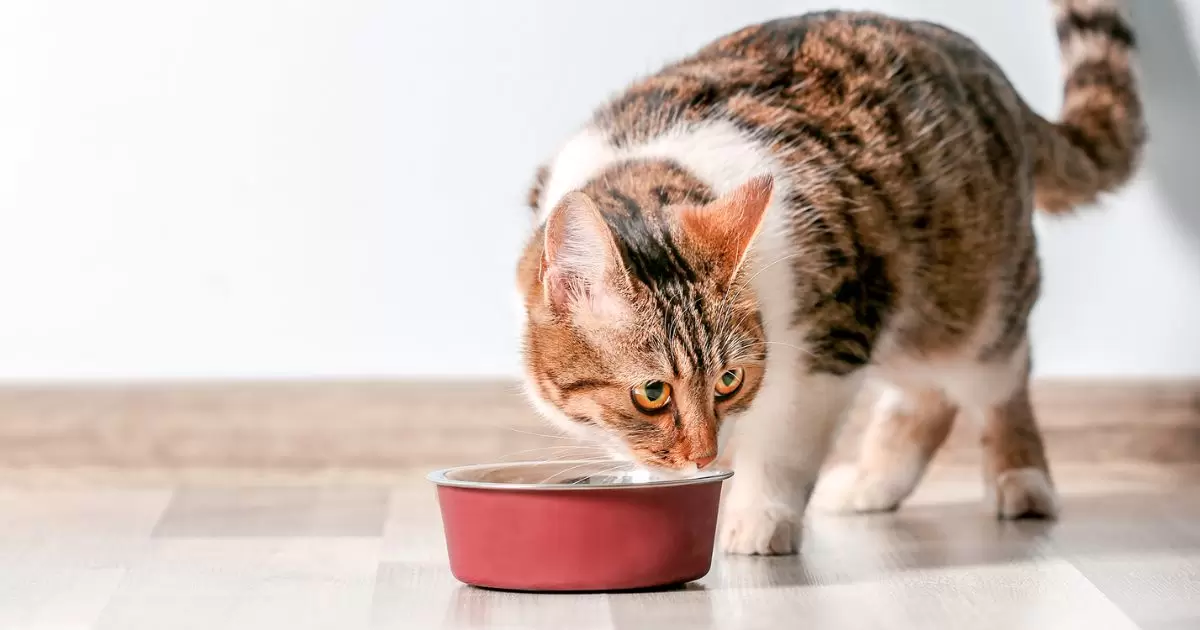A cat respiratory infection often sounds like wheezing, coughing, or sneezing. You may also hear congestion, similar to a stuffy nose. These sounds can indicate that your cat is having trouble breathing.
Curious about “What Does A Cat Respiratory Infection Sound Like?” Understanding these sounds can help you recognize when your cat is unwell. Knowing the signs early can make a big difference in their health.
When asking “What Does A Cat Respiratory Infection Sound Like?”, expect to hear various noises. These include crackling, rattling, or sniffling. Recognizing these sounds is key to ensuring your cat gets the care they need quickly.
Cat Respiratory Infection and How Does It Affect Cats
A cat respiratory infection is a condition that affects a cat’s upper or lower respiratory tract, caused by viruses, bacteria, or fungi. It can lead to symptoms like sneezing, coughing, and nasal discharge. The infection can make breathing difficult for your cat, affecting its overall health and behavior. In severe cases, it may lead to complications like pneumonia. Understanding what a cat respiratory infection is and how it affects your pet is essential to provide timely care.
Causes a Cat Respiratory Infection
A cat respiratory infection is commonly caused by viruses such as feline herpesvirus (FHV) and feline calicivirus (FCV). Bacterial infections, like those caused by Bordetella bronchiseptica or Chlamydia felis, can also lead to respiratory issues in cats. These pathogens are highly contagious, spreading through direct contact with infected cats or contaminated objects. Stress, poor living conditions, and a weakened immune system can increase a cat’s risk of developing a respiratory infection.
Common Symptoms of a Cat Respiratory Infection
The symptoms of a cat respiratory infection are often similar to those of a common cold in humans. You may notice your cat sneezing frequently, coughing, or having a runny nose. Other symptoms include watery eyes, loss of appetite, and lethargy. In some cases, cats may also develop a fever. If your cat displays any of these symptoms, it’s important to monitor their condition and seek veterinary advice to prevent the infection from worsening.
How to Identify the Sounds of a Cat Respiratory Infection
Identifying the sounds of a cat respiratory infection is crucial in recognizing the severity of the condition. These sounds can include wheezing, which indicates a narrowing of the airways, or a persistent cough that may sound dry or moist. You might also hear your cat making sniffling noises, similar to a stuffy nose. Paying close attention to these sounds can help you determine if your cat is suffering from a respiratory infection and needs medical attention.
Why Early Detection of Cat Respiratory Infection is Crucial
Early detection of a cat respiratory infection is vital for your cat’s health. If caught early, the infection can be treated more effectively, reducing the risk of severe complications. Prompt treatment can also prevent the spread of the infection to other cats in your household. Additionally, recognizing the early signs allows you to take steps to relieve your cat’s discomfort and support their recovery. Being proactive about early detection can make a significant difference in your cat’s well-being.
Noises Are Associated with Cat Respiratory Infection
A cat respiratory infection can cause various noises, such as sneezing, coughing, and wheezing. These sounds are often due to congestion and inflammation in the respiratory system. You may also hear crackling or rattling when your cat breathes. Understanding these noises helps in identifying the infection early.
Cat Respiratory Infection Sound Like Wheezing
Yes, wheezing is a common sound associated with a cat respiratory infection. Wheezing occurs when the airways are narrowed due to inflammation or mucus buildup. It can sound like a high-pitched whistle or a soft, raspy breath. If your cat is wheezing, it’s essential to monitor their condition closely.
How to Distinguish Between a Cough and a Cat Respiratory Infection Sound
Distinguishing between a regular cough and a cat respiratory infection sound is crucial for proper care. A regular cough is usually short and may occur occasionally. In contrast, a cough due to a respiratory infection is often persistent and accompanied by other symptoms like sneezing or wheezing. If your cat’s cough is prolonged, it may be linked to a respiratory infection.
Worry About a Cat Respiratory Infection Sound
You should worry about a cat respiratory infection sound when it becomes frequent, loud, or severe. Persistent coughing, wheezing, or labored breathing are red flags. If these sounds are accompanied by a loss of appetite, lethargy, or difficulty breathing, it’s crucial to consult a vet immediately. Early intervention can prevent complications.
How to Respond to the Sounds of a Cat Respiratory Infection

When you hear the sounds of a cat respiratory infection, it’s crucial to take action quickly. Recognizing these noises, such as wheezing, coughing, or sniffling, helps you respond appropriately. These sounds often indicate your cat is struggling with breathing issues that need attention. Understanding the significance of these sounds ensures you don’t overlook any symptoms that may require immediate care.
Cat Respiratory Infection Sound
If you hear a sound that suggests a cat respiratory infection, observe your cat closely. Check for other symptoms like nasal discharge, lethargy, or loss of appetite. Ensure your cat is comfortable and breathing easily. If the symptoms persist or worsen, contact your veterinarian right away. Quick action can prevent complications and promote faster recovery.
Vet Help Diagnose Cat Respiratory Infection by Sound
Yes, a veterinarian can help diagnose a cat respiratory infection by the sounds your cat is making. They are trained to recognize specific noises that may indicate an infection, such as wheezing or crackling. During the examination, the vet may use a stethoscope to listen to your cat’s lungs and throat. This evaluation, combined with other diagnostic tools, helps confirm if your cat has a respiratory infection.
How to Ease the Symptoms of a Cat Respiratory Infection
To ease the symptoms of a cat respiratory infection, start by keeping your cat warm and hydrated. Using a humidifier can help clear congestion and make breathing easier. Your vet may also prescribe medications like antibiotics if there’s a bacterial infection. Make sure your cat rests and avoids stress. Following the vet’s recommendations closely will help your cat recover faster.
Preventing Future Cat Respiratory Infections and Their Sounds
Preventing future cat respiratory infections starts with maintaining a healthy environment. Regular vaccinations, good hygiene, and minimizing exposure to infected cats are key. Keep your cat’s living area clean and free of irritants like dust or smoke. Regular vet check-ups also help detect any early signs of illness. By taking these preventive measures, you can reduce the chances of hearing those troubling sounds again.
Conclusion
Understanding What Does A Cat Respiratory Infection Sound Like? is essential for every cat owner. Recognizing the sounds early, like wheezing or coughing, helps you take quick action. These noises are important signals that your cat may need medical attention.
If you ever wonder, What Does A Cat Respiratory Infection Sound Like?, remember the signs discussed. Taking preventive steps and knowing when to seek help can make a big difference. By being attentive, you can keep your cat healthy and avoid serious complications.




